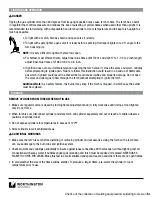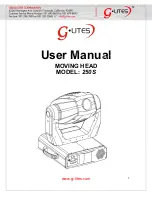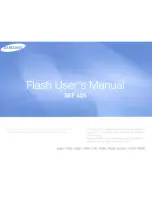
• Be careful when using the torch outdoors on sunny or windy days. Bright light makes it difficult to see the torch’s
flame. Wind may carry the torch’s heat back towards you or other areas not intended to be heated. Windy conditions
may also cause sparks to be blown into other areas with combustible materials.
• Heating a surface may cause heat to be conducted to adjoining surfaces that may be combustible or become
pressurized when heated. Always check to make sure no unintended parts or materials are being heated.
• Be aware that the tip of the torch can get extremely hot during use. Take precautions to protect yourself and others
from accidental burns.
• Never use the torch on or near combustibles. Be careful around motor vehicles or any gasoline-fired products and
beware of hidden fuel lines and tanks.
• Always make certain the torch is placed on a level surface when connected to the fuel cylinder to reduce the risk of
accidental tip over. Be sure the torch is not pointed in a direction which could cause nearby objects to ignite when the
torch is set down.
• Be careful not to overheat surrounding materials. Use a heat shield when necessary.
• Never leave the torch unattended when lit.
• Never attempt to repair or heat a gasoline tank, a chemical drum an aerosol can, a compressed gas container that held
flammable liquid or gas or any other chemical. Heating these is extremely dangerous, especially after they have been
emptied because vapors may still be in the container.
• Always have a fire extinguisher and a bucket of water near the torch and work area.
• This torch consumes oxygen and must only be used in well ventilated areas. Do not use in a confined space.
ASSEMBLY
1. Make sure valve is OFF by turning knob (1) clockwise until hand tight only. Do not force.
2. Turn fuel cylinder clockwise into valve body (2) until hand tight. Do not force.
3. Check all joints and couplings periodically to insure against loose connections. With valve open, without lighting, test all
connections with soapy water. If bubbles appear, gas is leaking and torch must be repaired. NEVER USE A FLAME TO CHECK
FOR LEAKS. Make this test in a well ventilated and spark-free area and where there are no open flames.





















